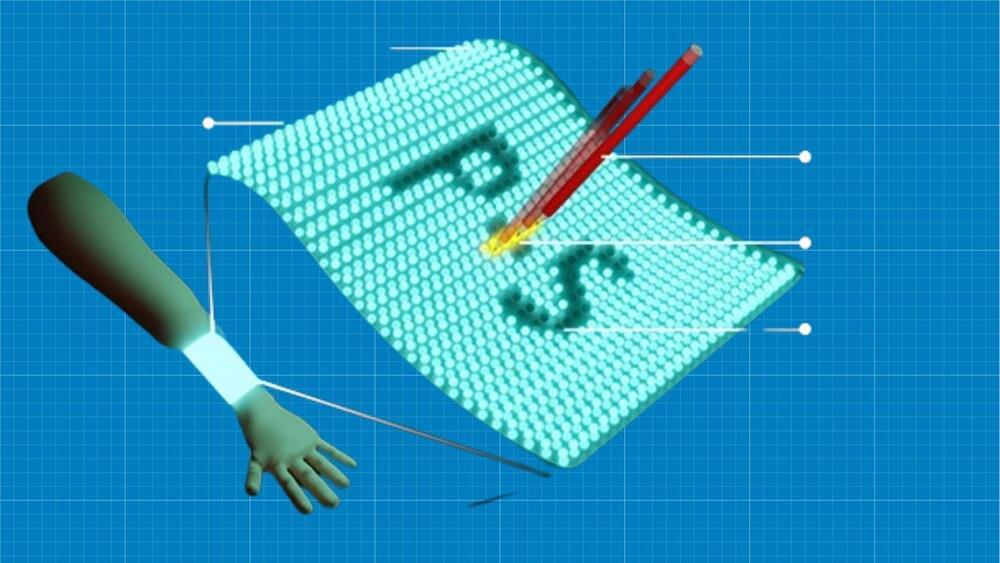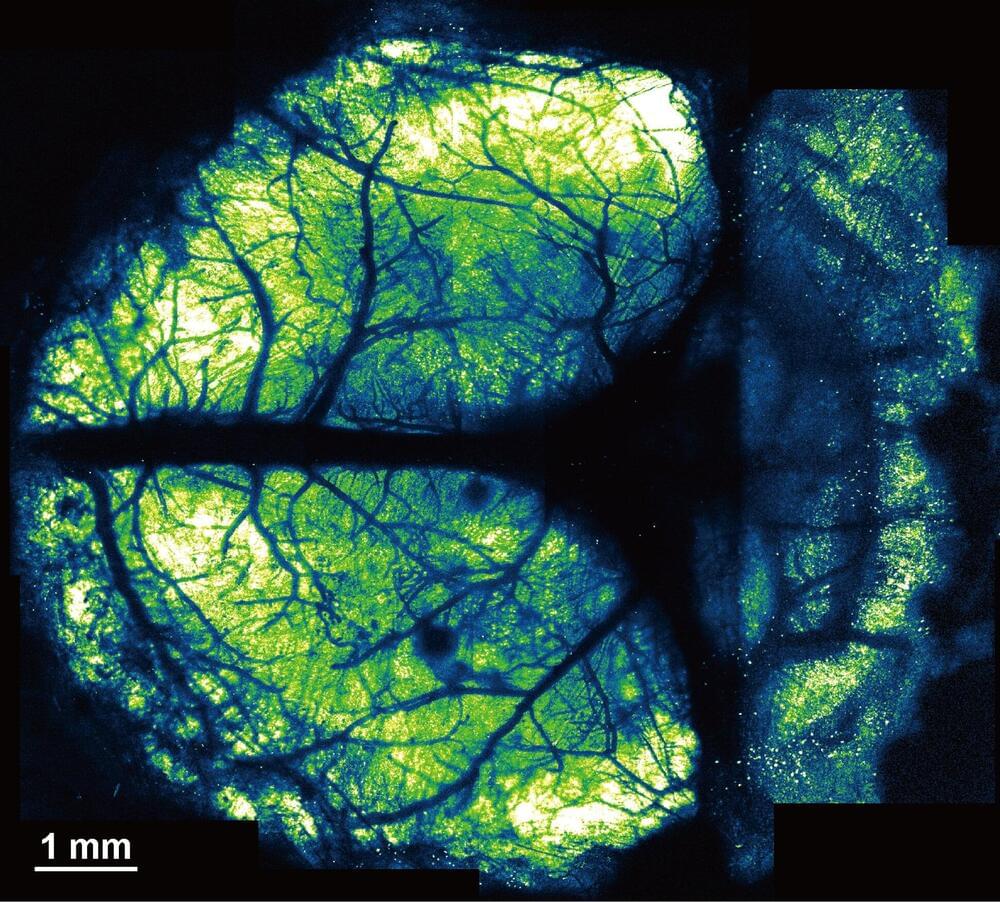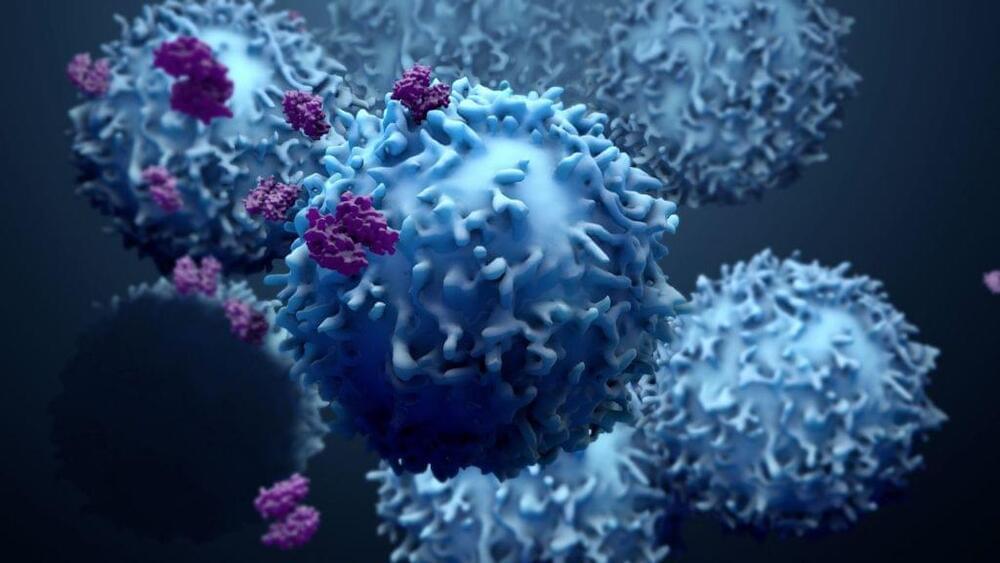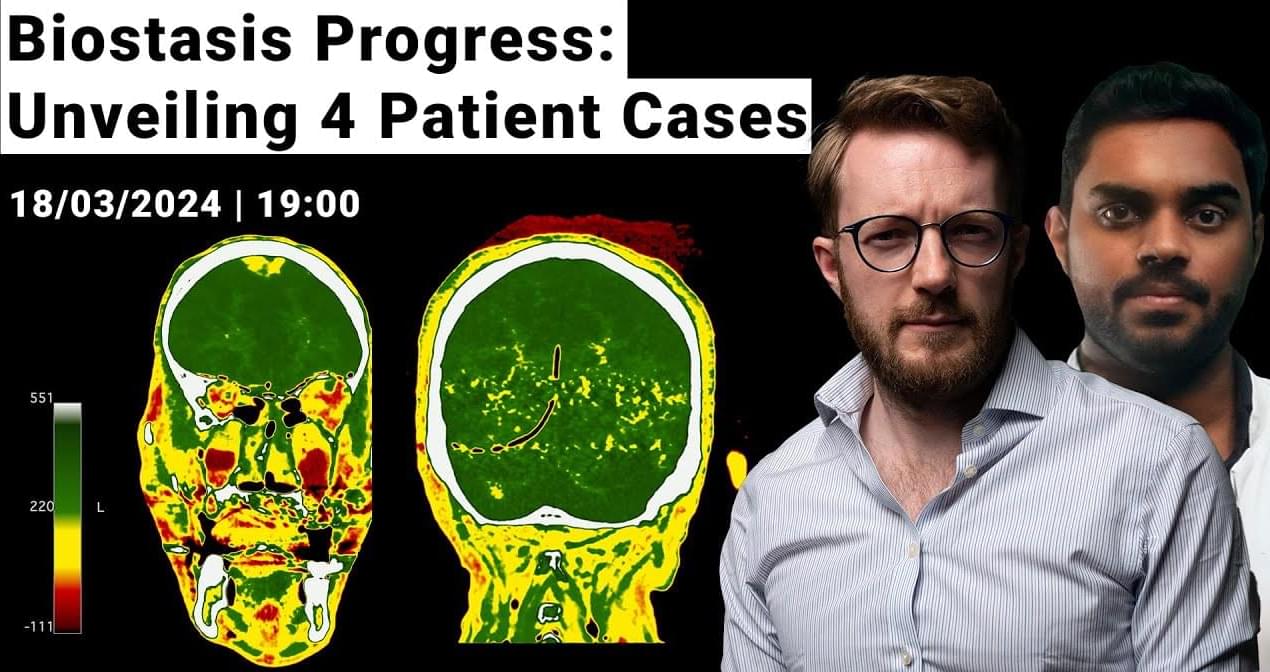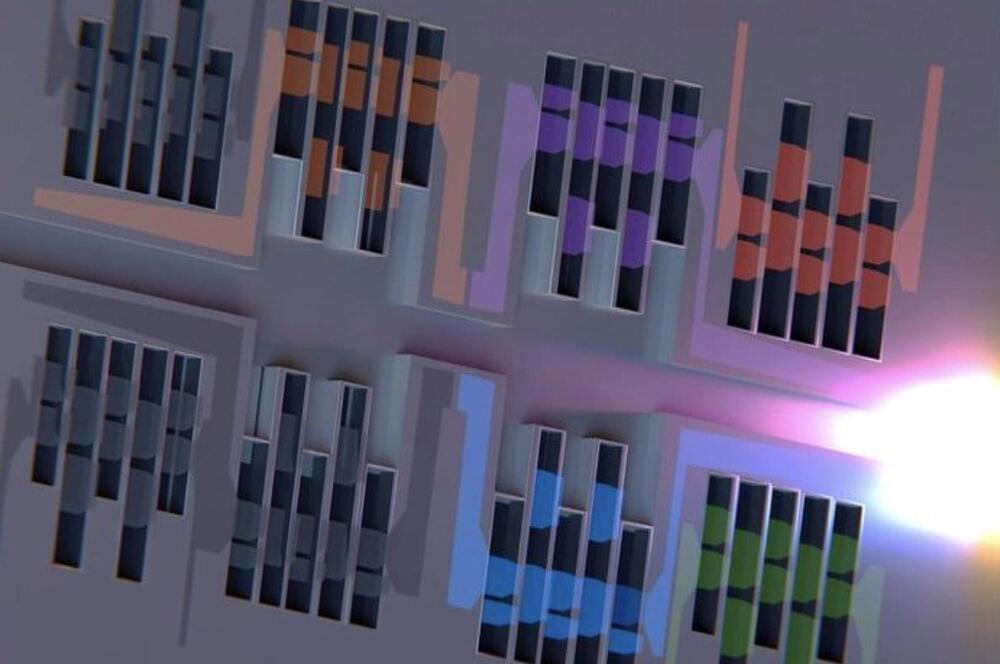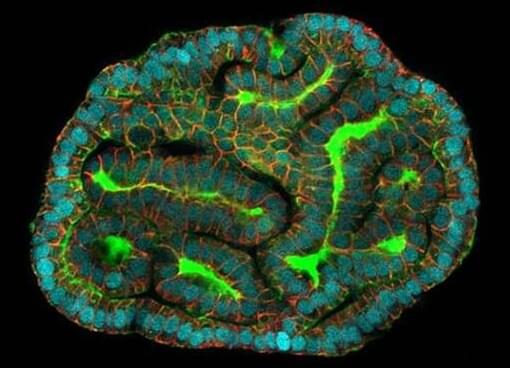Mar 11, 2024
Plasmonics Breakthrough Unleashes New Era of Quantum Technologies
Posted by Paul Battista in categories: innovation, quantum physics
Quantum researchers uncover important implications for quantum technology.
In a recent publication in Nature Physics, the LSU Quantum Photonics Group offers fresh insights into the fundamental traits of surface plasmons, challenging the existing understanding. Based on experimental and theoretical investigations conducted in Associate Professor Omar Magaña-Loaiza’s laboratory, these novel findings mark a significant advancement in quantum plasmonics, possibly the most noteworthy in the past decade.
Rethinking Plasmonic Behavior

